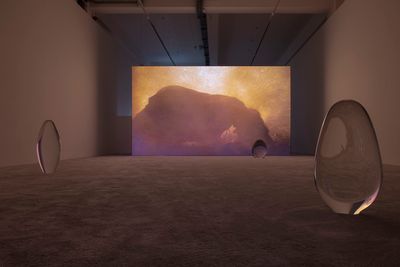Video art jumped onto the scene in the late twentieth century, redefining storytelling and concept development. It perfectly combines traditional art styles with current technologies. This dynamic media uses moving visuals and audio to generate immersive stories that defy viewers’ preconceptions. Artists like Nam June Paik and Marina Abramovic pioneered the use of video to challenge artistic boundaries. Today, video art explores challenging topics such as identity, politics, and the ever-changing world of technology. With the continual growth of digital equipment, video art’s reach and influence are continually growing. The piece delves into the fundamentals of media art, including its rich history, major characteristics generating the movement, its narrative power, and its exciting future prospects.
Historical Context and Evolution
The appearance of video art in the 1960s and 1970s went hand in hand with the launch of portable video recording devices. Artists striving to break free from the physical limitations of painting and sculpture embraced this fresh medium rapidly. Pioneers such as Nam June Paik and Bruce Nauman examined the opportunities it provided, creating works that challenged the essence of art and its connection with technology. The art form expanded alongside video technology, resulting in installations, multimedia performances, and interactive pieces.
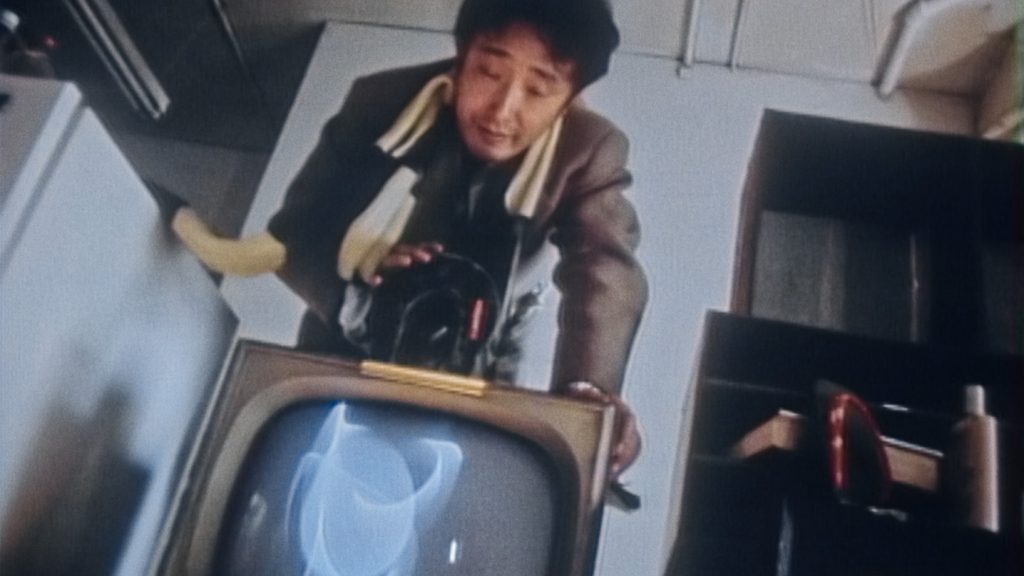
Key Figures in Video Art
Nam June Paik, widely regarded as the leader of video art, used television sets and video recordings to shed light on the growing role of media and technology in society. Bill Viola’s work explored human experiences and emotions, by deploying slow-motion and high-definition footage that provoked a powerful visual and emotional response. Marina Abramovic utilized film to chronicle her rigorous performance art, expanding its reach beyond physical space to the digital realm.
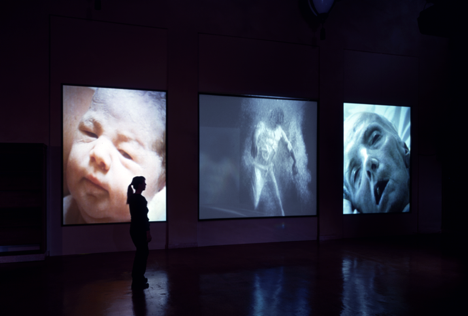
The Narrative Power of Video Art
Video art’s power to tell tales is unsurpassed. It blends visual components with rhythms, dialogue, and effects to form multifaceted narratives that might be abstract, linear, or nonlinear. This form of art enables artists to build full-body experiences that lure viewers into the story’s plot and enable them to engage with the story on an individual and emotional level. Shirin Neshat, for example, taken advantage of video art to examine identity, gender, and societal limits, combining personal experiences with larger cultural and political concerns.
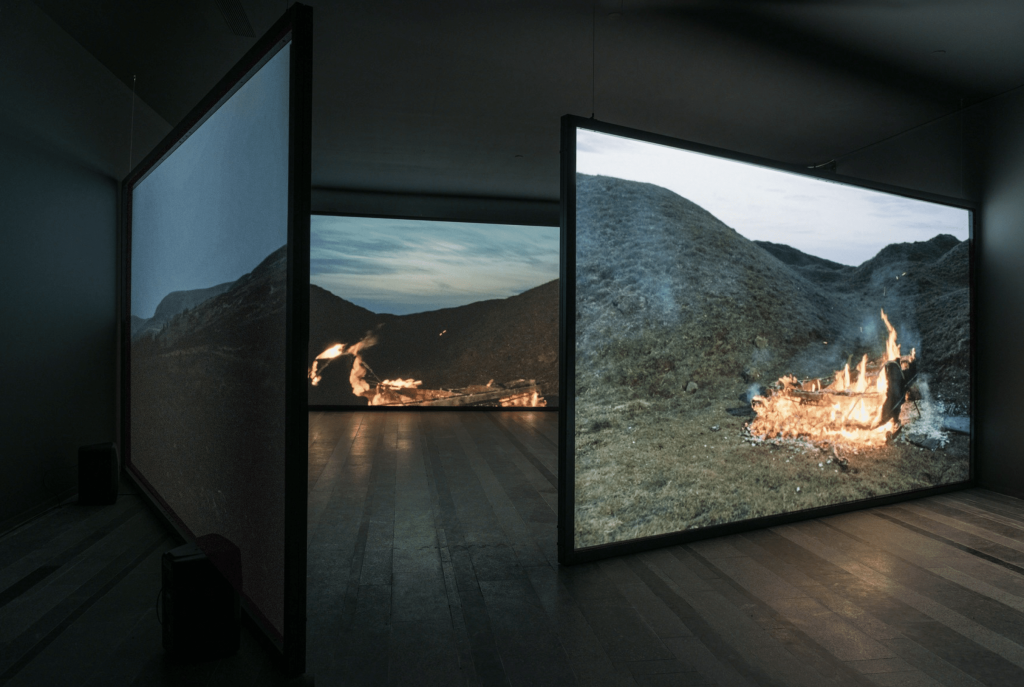
Video Art as a Tool Social Commentary
Video art now serves as a potent tool for critiquing social and political issues. It allows artists to address environmental harm, political oppression, and injustices. For instance, Ai Weiwei’s creations often focus on human rights violations and tyranny. He uses video to reveal and engage with these topics actively. This ability to face down and challenge audiences renders video art an effective instrument for advocacy and change.

Technological Innovations and Expansions
Digital tools and the internet have supercharged video art’s potential. Artists can now play with digital effects, interactive experiences, and virtual reality. This tech leap not only broadens creative possibilities but also makes media art more accessible to a wider audience. Artists like Cory Arcangel and Rafael Lozano-Hemmer are using these new tools to push the boundaries of video art. Their work explores the intersection of digital culture, interaction, and the human experience.
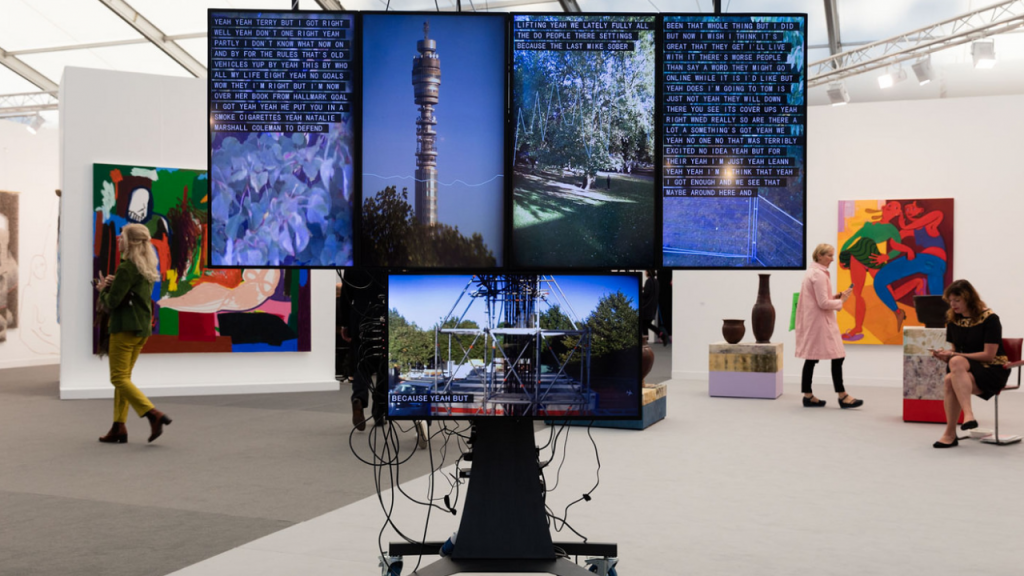
Video Art in Public and Digital Spaces
Because of its adaptability, video art may be displayed in a wide range of contexts, including galleries and museums, public areas, and on online platforms. Public installations and video projections have the potential to change locations, resulting in collaborative experiences that engage a larger public. Similarly, the internet has developed into a crucial vehicle for the dissemination of digital art, allowing artists to reach a worldwide audience and connect with viewers in novel ways.
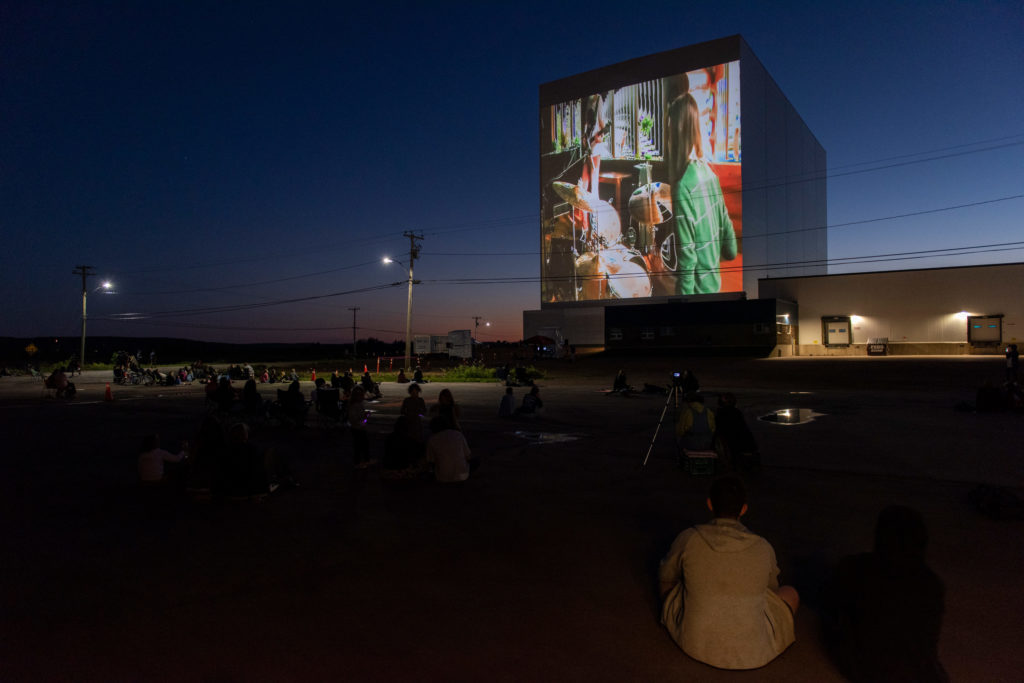
Video art, with its rich history and dynamic character, is at the driving force of modern expression. It conveys the intricate nature of life in an unusual manner using motion and music. The prospects for this dynamic media grow in tandem with technological improvements. Artists continue to push the boundaries by investigating new story-lines and societal criticisms. Media art not only represents our existing conditions, but also envisions future realities. Its power to participate and provoke renders it a necessary component of the cultural debate. As we move forward, digital art continues to be a significant tool for storytelling and exploration, drawing viewers into deeply engaging and complex opinions. The foreseeable future of video art is full of possibility for greater creativity and influence, inspiring both makers and consumers.

